A RARE PAIR OF MEISSEN OVAL MONTEITHS MOUNTED WITH ARRANGEMENTS OF TÔLE-PEINTE AND PORCELAIN FLOWERSTHE MONTEITHS CIRCA 1740, THE TÔLE-PEINTE AND PORCELAIN FLOWERS 18TH CENTURY AND LATER the deep bowls painted on either side in a slightly expanded Kakiemon palette in the 'Koreanischer Löwe' pattern with exotic bird in flight between an insect by a flowering plant and a mythical beast between the Sulkowski-molded foot and rim, the latter painted with further sprays of indianische Blumen and small insects beneath eight scallop shells rising from the rim edge, the S-scroll handles heightened in puce and with brown-haired female-head terminals, crossed swords marks in underglaze-blue, one with impressed numeral 25, now with removable gilt-metal mounts securing gold and green tôle-peinte leafy stems affixed with a profusion of colorful soft- and hard-paste blossomsheight overall 19 1/2 in., width across handles 13 in.49.5 cm; 33 cmProvenanceCollection of Baroness Tossissa, ParisCollection of René Fribourg, Part 2, Sotheby & Co. London, 15 October 1963, lot 462 (sold for £8,200)Collection of John T. Dorrance, Jr., Gladwyne, Pennsylvania, Sotheby's New York, 20 October, 1989, lot 125Michele Beiny, New York, acquired December 1989Catalogue NoteIn 1749, the Dauphine of France Marie-Josèphe of Saxony, whom had just recently married the Dauphin in 1747, sent her father Augustus III a gift of Vincennes porcelain. It was a large confection of Vincennes porcelain flowers on tôle-peinte stems issuing from a flower encrusted white vase, mounted in gilt-bronze, the so-called ‘Bouquet de la Dauphine’. This imposing masterpiece standing 115 cm high is now in the Dresden porcelain collection, and is discussed in depth in the paper by Maureen Cassidy-Geiger, ‘The Bouquet de la Dauphine: Sources and Influences’, The French Porcelain Society Journal, Vol. III, 2007, pp. 2-18. Luxurious porcelain flowers became exceptionally fashionable in the mid-18th century with the French Royal family and aristocracy, accelerated by the marchands-merciers who used porcelain flowers to decorate gilt-bronze candelabra, chandeliers, candlesticks and clocks. Soft-paste porcelain flowers began to be made at the Vincennes manufactory in about 1745 and these brightly coloured flowers were intended to be used as table ornaments. In winter months when fresh flowers were not available these porcelain flowers could be scented with perfumes and rose-water. By 1750, flowers accounted for five-sixths of the manufactory's output and this success was assisted by the royal privilège which prevented any other manufactory from making or painting them. The combination of Meissen porcelain, porcelain de Saxe, and Vincennes flowers infrequently appears in the journal of marchand-mercier Lazare Duvaux, usually in the form of Meissen baskets, as seen in his entry on 12 December 1749, when the fermier-général Monsieur de Caze purchased: ‘Une grande corbeille de porcelaine, montée en bronze doré d’or moulu, remplie de branchages de laiton verni sur lesquels des fleurs de Vincennes assorties à chaque espèce, prix fait, 1,500L’ (Duvaux, 2, p. 37, no. 372.) Entries of this type can be tentatively associated to surviving pieces, such as the gilt-bronze mounted Meissen pierced basket with a Vincennes bouquet in the Wadsworth Atheneum, Hartford, obj. id. 1917.1234; and the similar example in the National Museum of Warsaw, acc. no. 131034/1-2 MNW. It is more unusual to find the combination of porcelain flowers and Meissen dinner ware such as the present lot. On occasion Lazare Duvaux did produce confections of Meissen porcelain vases and Vincennes flowers, as seen in his diary entry on 20 November 1751 when Madame de Pompadour purchased: ‘Deux vases de Saxe peints de sujets de Watteau, montée en pots pourris sur des terrasses dorée d’or moulu avec enfans de Saxe aux côtes, au bas une guirlande de fleurs de Vincennes (pièce d’assemblée), 900 l.’ A Meissen monteith (without porcelain flowers) of t
A RARE PAIR OF MEISSEN OVAL MONTEITHS MOUNTED WITH ARRANGEMENTS OF TÔLE-PEINTE AND PORCELAIN FLOWERSTHE MONTEITHS CIRCA 1740, THE TÔLE-PEINTE AND PORCELAIN FLOWERS 18TH CENTURY AND LATER the deep bowls painted on either side in a slightly expanded Kakiemon palette in the 'Koreanischer Löwe' pattern with exotic bird in flight between an insect by a flowering plant and a mythical beast between the Sulkowski-molded foot and rim, the latter painted with further sprays of indianische Blumen and small insects beneath eight scallop shells rising from the rim edge, the S-scroll handles heightened in puce and with brown-haired female-head terminals, crossed swords marks in underglaze-blue, one with impressed numeral 25, now with removable gilt-metal mounts securing gold and green tôle-peinte leafy stems affixed with a profusion of colorful soft- and hard-paste blossomsheight overall 19 1/2 in., width across handles 13 in.49.5 cm; 33 cmProvenanceCollection of Baroness Tossissa, ParisCollection of René Fribourg, Part 2, Sotheby & Co. London, 15 October 1963, lot 462 (sold for £8,200)Collection of John T. Dorrance, Jr., Gladwyne, Pennsylvania, Sotheby's New York, 20 October, 1989, lot 125Michele Beiny, New York, acquired December 1989Catalogue NoteIn 1749, the Dauphine of France Marie-Josèphe of Saxony, whom had just recently married the Dauphin in 1747, sent her father Augustus III a gift of Vincennes porcelain. It was a large confection of Vincennes porcelain flowers on tôle-peinte stems issuing from a flower encrusted white vase, mounted in gilt-bronze, the so-called ‘Bouquet de la Dauphine’. This imposing masterpiece standing 115 cm high is now in the Dresden porcelain collection, and is discussed in depth in the paper by Maureen Cassidy-Geiger, ‘The Bouquet de la Dauphine: Sources and Influences’, The French Porcelain Society Journal, Vol. III, 2007, pp. 2-18. Luxurious porcelain flowers became exceptionally fashionable in the mid-18th century with the French Royal family and aristocracy, accelerated by the marchands-merciers who used porcelain flowers to decorate gilt-bronze candelabra, chandeliers, candlesticks and clocks. Soft-paste porcelain flowers began to be made at the Vincennes manufactory in about 1745 and these brightly coloured flowers were intended to be used as table ornaments. In winter months when fresh flowers were not available these porcelain flowers could be scented with perfumes and rose-water. By 1750, flowers accounted for five-sixths of the manufactory's output and this success was assisted by the royal privilège which prevented any other manufactory from making or painting them. The combination of Meissen porcelain, porcelain de Saxe, and Vincennes flowers infrequently appears in the journal of marchand-mercier Lazare Duvaux, usually in the form of Meissen baskets, as seen in his entry on 12 December 1749, when the fermier-général Monsieur de Caze purchased: ‘Une grande corbeille de porcelaine, montée en bronze doré d’or moulu, remplie de branchages de laiton verni sur lesquels des fleurs de Vincennes assorties à chaque espèce, prix fait, 1,500L’ (Duvaux, 2, p. 37, no. 372.) Entries of this type can be tentatively associated to surviving pieces, such as the gilt-bronze mounted Meissen pierced basket with a Vincennes bouquet in the Wadsworth Atheneum, Hartford, obj. id. 1917.1234; and the similar example in the National Museum of Warsaw, acc. no. 131034/1-2 MNW. It is more unusual to find the combination of porcelain flowers and Meissen dinner ware such as the present lot. On occasion Lazare Duvaux did produce confections of Meissen porcelain vases and Vincennes flowers, as seen in his diary entry on 20 November 1751 when Madame de Pompadour purchased: ‘Deux vases de Saxe peints de sujets de Watteau, montée en pots pourris sur des terrasses dorée d’or moulu avec enfans de Saxe aux côtes, au bas une guirlande de fleurs de Vincennes (pièce d’assemblée), 900 l.’ A Meissen monteith (without porcelain flowers) of t


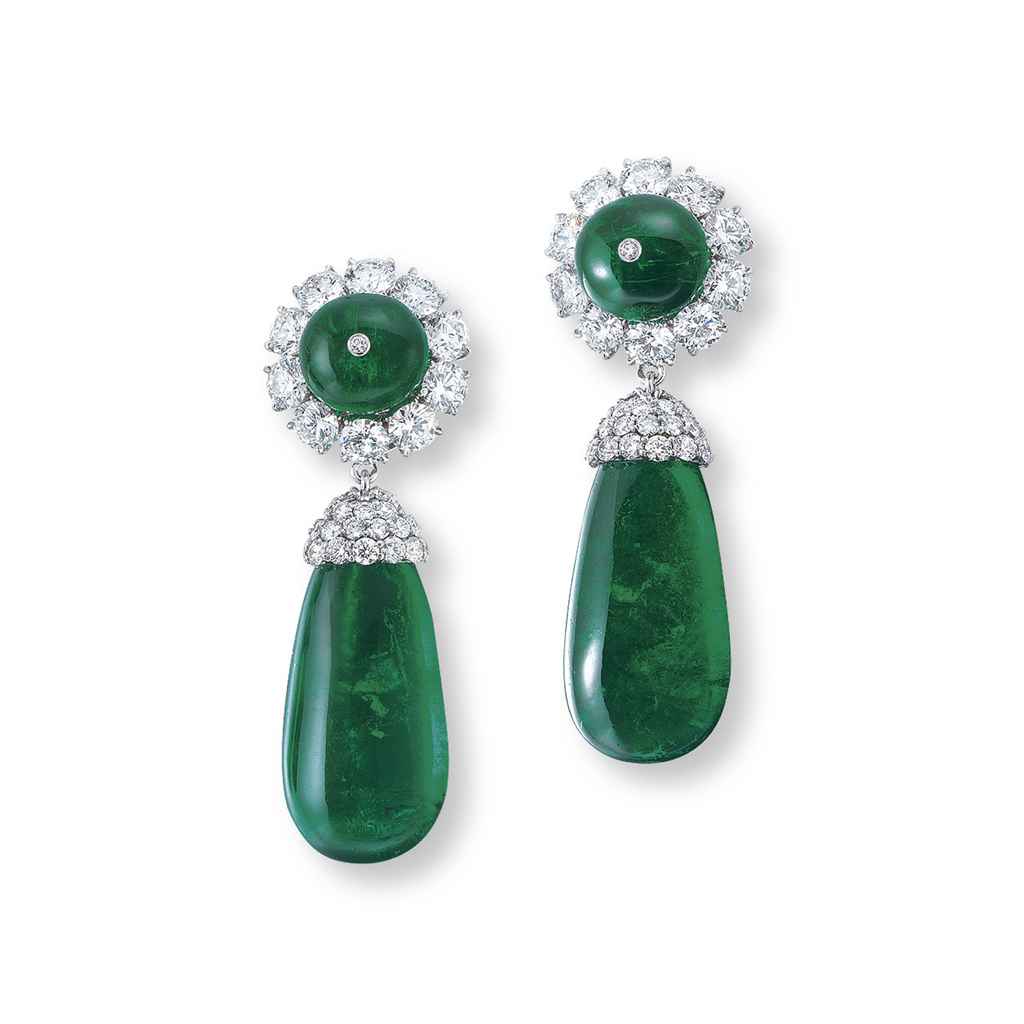

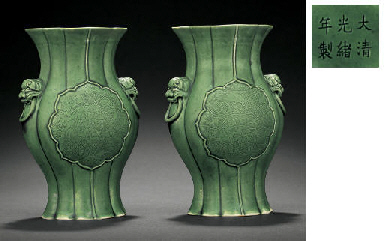
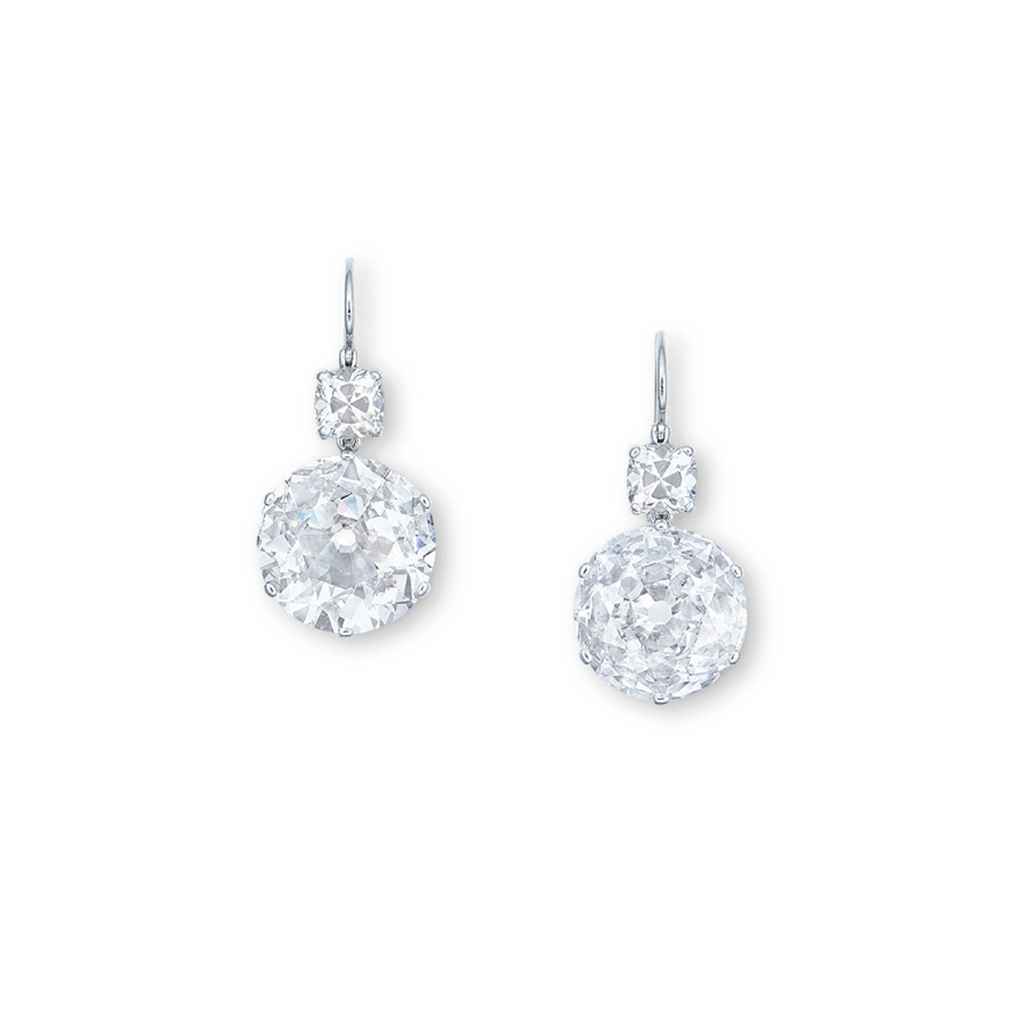
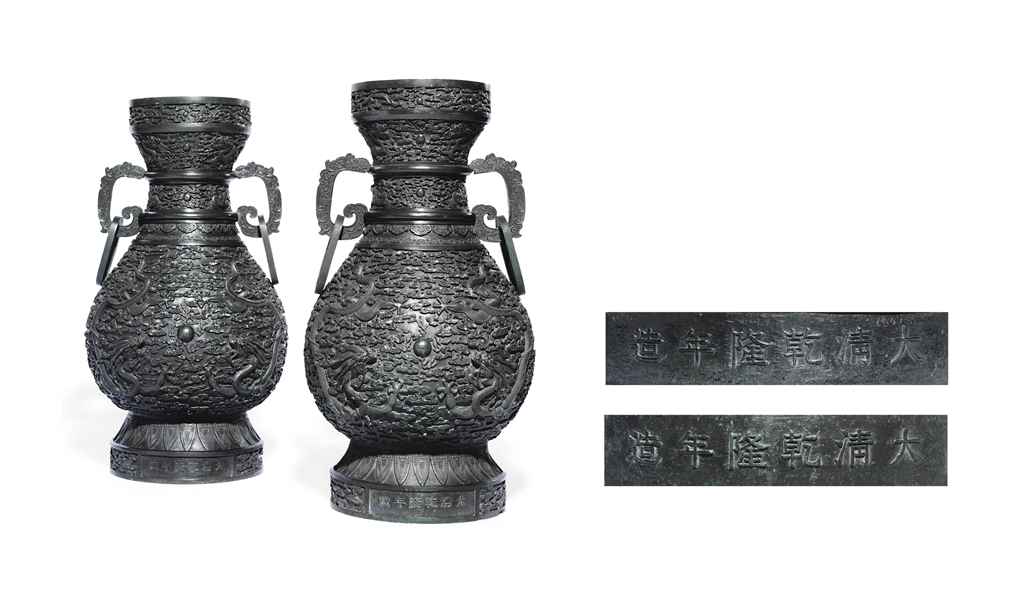
.jpg)

/930/1214930.jpg)

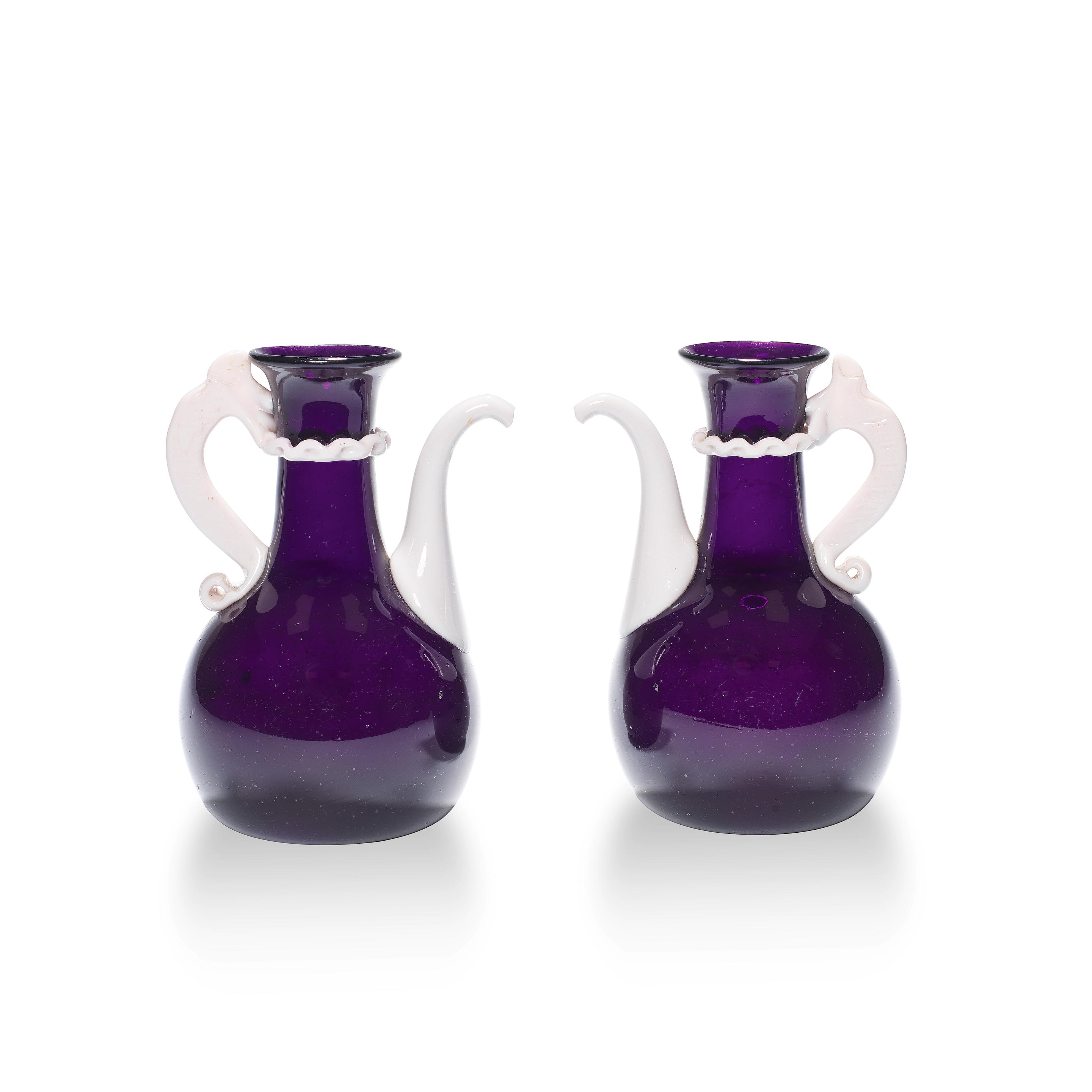
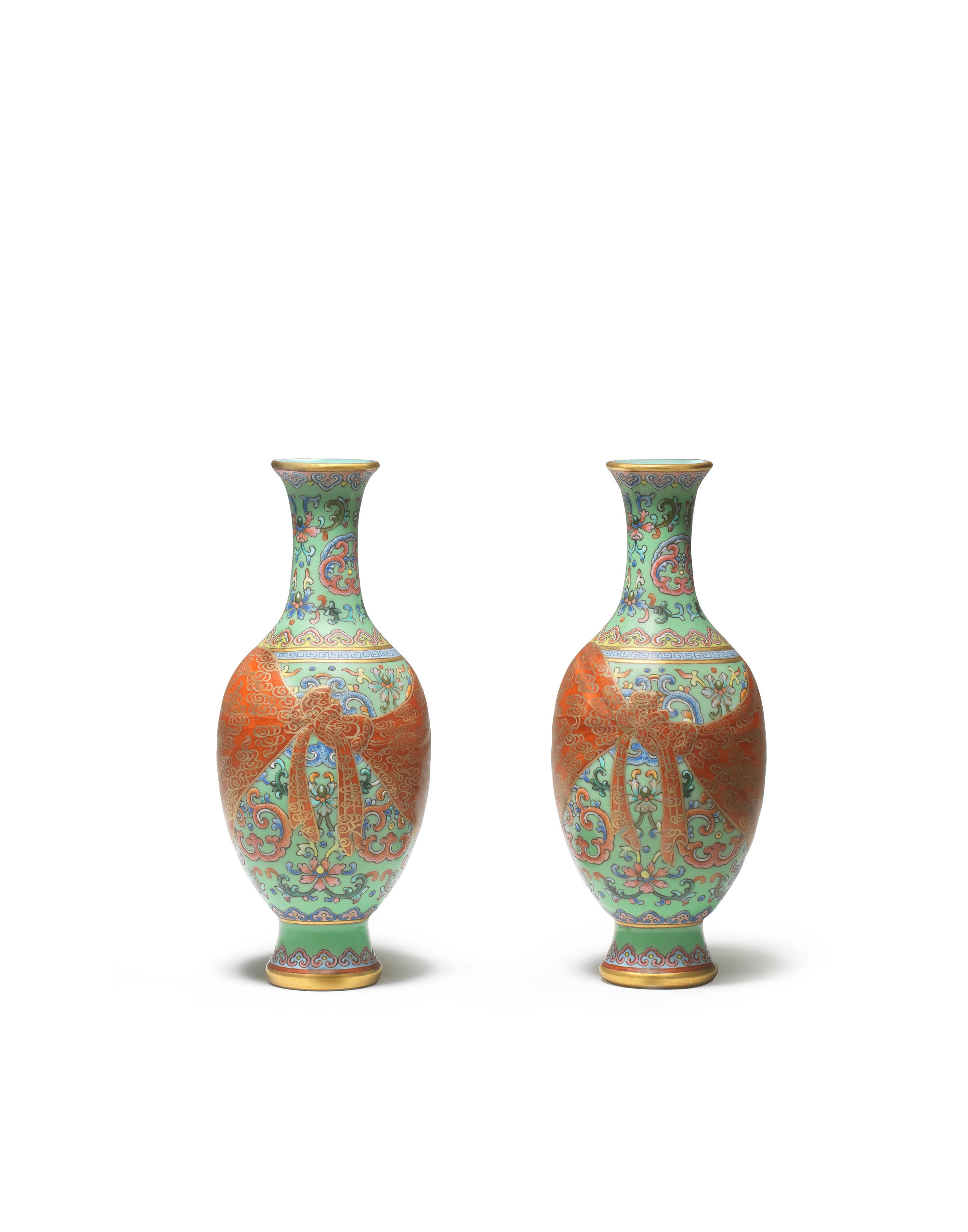
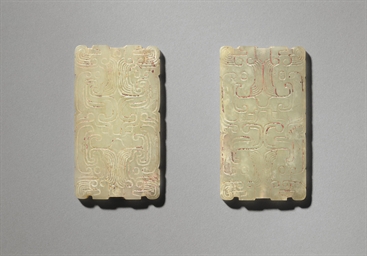
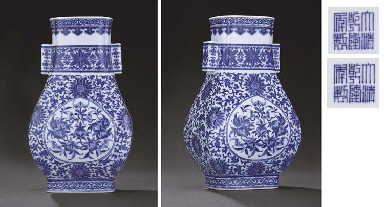
Testen Sie LotSearch und seine Premium-Features 7 Tage - ohne Kosten!
Lassen Sie sich automatisch über neue Objekte in kommenden Auktionen benachrichtigen.
Suchauftrag anlegen